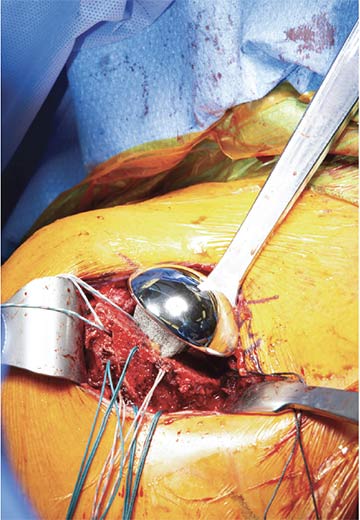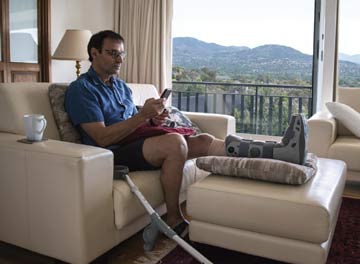Innovation starts with change. And change comes in many different forms – perhaps it's a natural progression as industries and professions evolve or, conversely, it could be a sudden event or series of events that accelerates change. The COVID-19 pandemic is one such accelerator for the ambulatory surgery community. Clearly, the pandemic has turned the ambulatory community on its' collective head.
OR leaders coped with shut-downs and lack of equipment and protocols for an unknown disease, experienced major staffing challenges, and then, had to deal with the return to surgery. Add to the picture the fact that the outpatient surgery evolution was already underway as new procedures migrated to the outpatient setting and you've got a robust recipe for change and, in fact, rapid change.
"2020 was a unique year for the healthcare industry as it experienced a once in a lifetime event."
According a recent blog by VMG Health's "ASCs in 2020: A Year in Review" by Colin Park, CPA/ABV, ASA, the path in 2020 was all about disruptive change: "2020 was a unique year for the healthcare industry as it experienced a once in a lifetime event. While the healthcare market as a whole was tremendously impacted by the coronavirus ("COVID-19") pandemic, the Ambulatory Surgery Center ("ASC") sub-industry was acutely impacted due to interruptions in normal operations caused by the pandemic."
"2020 was a unique year for the healthcare industry as it experienced a once in a lifetime event.”
He further notes, "Along with a major, multi-site, transaction in the ASC market in 2020, the fragmented ASC industry continued to consolidate. For ASC's, we have continued to see the continuation of certain trends from 2019 through 2020: the shift of higher acuity procedures from the inpatient setting to the outpatient setting, increased Medicare reimbursement rates, consolidation, and increased activity by hospitals seeking to grow their ambulatory footprint with a particular focus on ASCs."
CMS released the addition of 11 procedures to the ASC covered procedures list (CPL) on December 2, 2020 – most notably including total hip arthroplasty (hip replacement surgery). Additionally, CMS revised the criteria used to add covered surgical procedures to the ASC CPL and under the revised criteria, CMS is adding an additional 267 surgical procedures to the ASC CPL beginning in 2021.
As more procedures migrate to ASCs, it is important to pay close attention to what these are and, in fact, how they will impact future capital expenditures and staff training. As facilities incorporate new procedures there will be a compelling need to reset, refresh and renew their individual goals and overall missions. How the leadership goes about doing this is personal and depends on many factors, but it is clear that changes will continue to spur innovation across the field.
.svg?sfvrsn=be606e78_3)


.svg?sfvrsn=56b2f850_5)